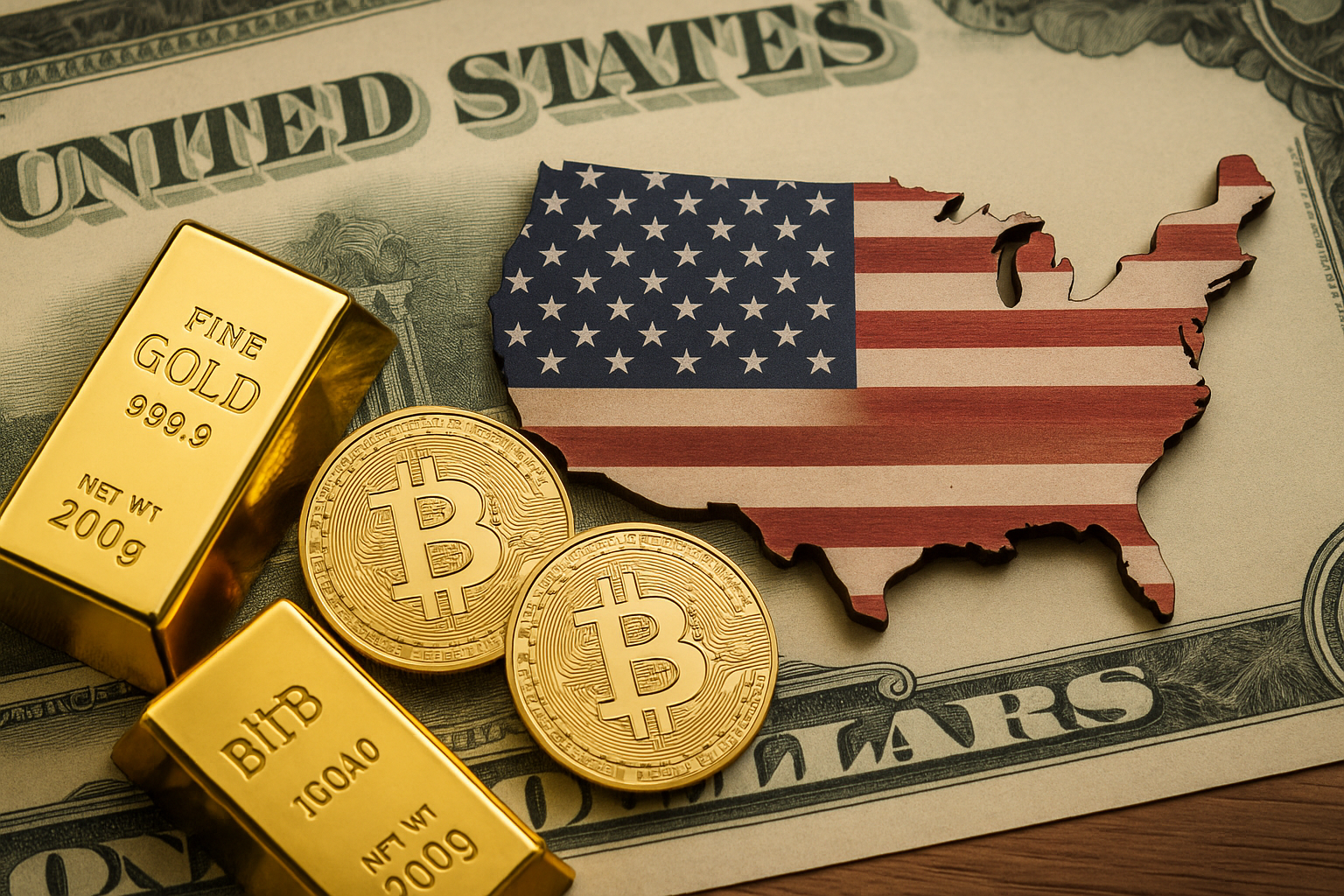As global confidence in the U.S. dollar begins to waver, an increasing number of American states are quietly laying the groundwork for alternative monetary frameworks. Concerns over inflation, long-term fiscal sustainability, and the weakening dominance of the dollar in international trade have prompted state governments to consider options ranging from gold and cryptocurrency to localized currencies. These efforts, once viewed as fringe or symbolic, are now gaining traction amid shifting geopolitical currents and growing unease about the future of fiat currency.
Texas has taken a leading role in the move toward monetary diversification. The state established its own bullion depository in 2015 and continues to promote the use of gold and silver as a hedge against inflation and federal monetary policy. Recent proposals from Texas lawmakers aim to expand the utility of precious metals by allowing citizens to use gold-backed payment systems for everyday transactions and potentially settle taxes in bullion equivalents. This push reflects a deeper desire for state-level financial autonomy and a growing distrust of central banking practices.
Utah and Missouri are also active in the discussion, having passed legislation to remove capital gains taxes on gold and silver. These states have reclassified precious metals as currency rather than investment assets, a legal distinction that encourages their practical use in commerce. Wyoming, often at the forefront of financial experimentation, has pursued similar measures while exploring new ways to integrate gold into its economic systems. Collectively, these actions indicate a notable trend: the return of gold as not merely a store of value but as a functioning medium of exchange.
In parallel, cryptocurrency has emerged as a modern counterbalance to traditional monetary structures. States like Florida and Tennessee have proposed or piloted the use of Bitcoin and other digital assets for state-level payments. In Colorado, taxpayers have been able to settle their state tax bills in cryptocurrency since 2022, using PayPal as a facilitator. Although uptake has been modest, the policy stands as a symbolic endorsement of digital finance. Most recently, North Dakota announced plans to trial a blockchain-based token backed by the state’s energy reserves, a move that could redefine how state-backed digital currencies are conceptualized and applied.
Beyond institutional shifts, smaller local movements are also seeking ways to decouple from the federal monetary system. In Ithaca, New York, the revival of the “Ithaca HOURS” community currency has attracted attention for its labor-based valuation and emphasis on local trade. Other towns in Vermont and California have pursued similar initiatives, issuing local scrip to stimulate community economies and reinforce resilience in the face of global financial uncertainty. While these local currencies operate on a much smaller scale, they reflect a broader sentiment of decentralization and economic self-reliance.
These developments are unfolding against the backdrop of a larger international transition. As countries like China, Russia, and Brazil explore trading in yuan, rubles, and other non-dollar currencies, the long-assumed primacy of the U.S. dollar is being questioned. The United States remains the world’s largest economy, and the dollar continues to serve as the principal reserve currency. Yet, the gradual erosion of global reliance on the dollar—coupled with state-level initiatives to establish alternatives—suggests a future in which monetary power is more distributed and less guaranteed.
While it is unlikely that any of these alternative currencies will imminently displace the dollar, their growing legitimacy signals a shift in thinking. From precious metals and crypto assets to grassroots community currencies, the pursuit of monetary alternatives is no longer theoretical—it is quietly becoming policy. For states determined to protect their financial independence, and for citizens wary of centralized monetary control, these steps represent not just financial innovation, but a statement of intent.















